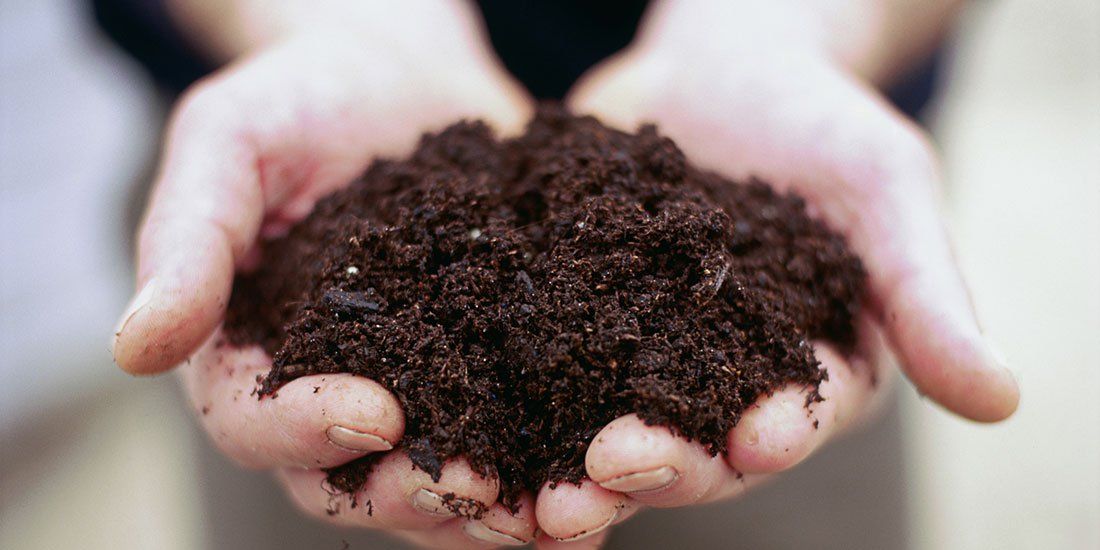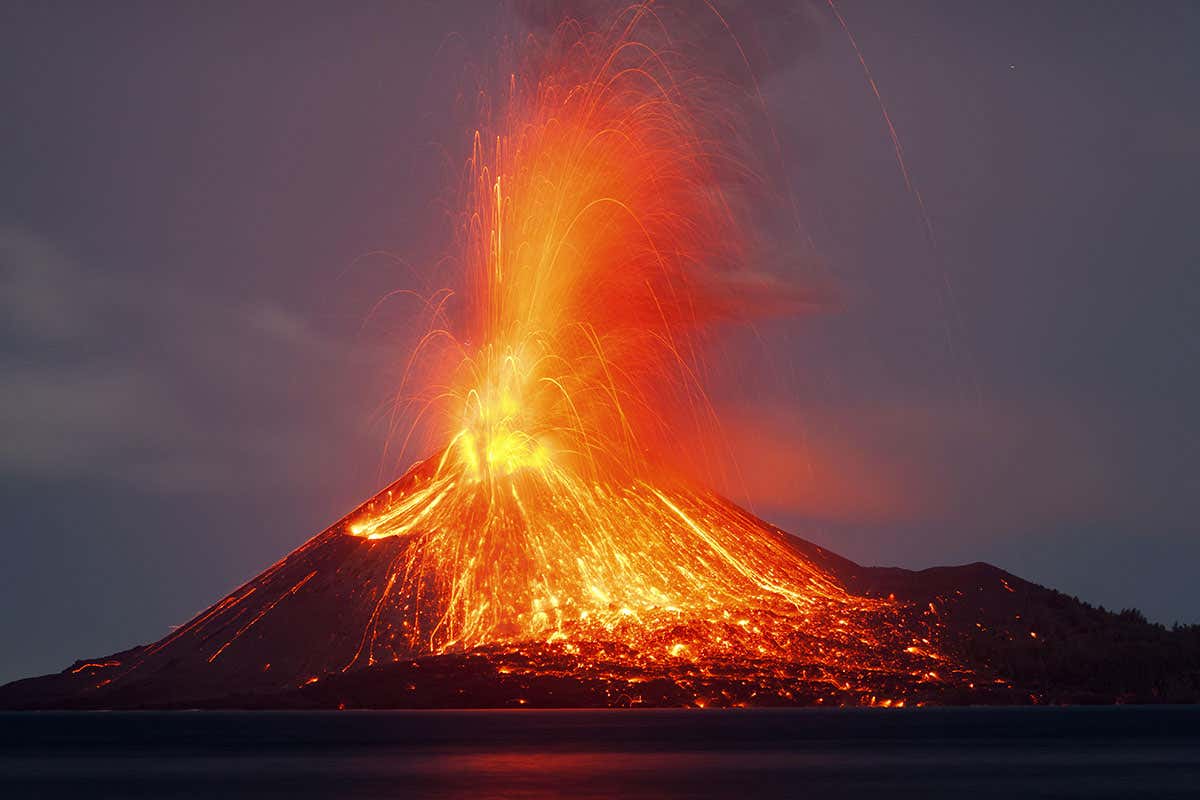Geologists examine the characteristics of the lithosphere, or surface of the Earth, and try to understand the processes that formed it, and that continue to shape it today.
Lets begin our study of the Earth’s lithosphere by examining the portion of it that we are most familiar with, the soil. Soil is found on the upper most layer of the Earth.
Soil consists of a mixture of weathered rock, finely ground into powder, minerals, and a variety of living and dead life forms. This nutrient rich layer typically only extends downward a few feet. About as deep as plant roots extend.
Soil contains all the nutrients needed by plants to survive. Some areas, such as deserts have very poor soils, in these locations, it is difficult for complex plant life to take hold. Believe it or not, tropical rain forests also have poor soils. This is because most of the nutrients are already within living plants.
The Earth’s soil has developed over hundreds of millions of years, as the forces of weather have ground the top rocky layer of the Earth into smaller and finer grains, and as plant and animal life has helped to deposit nutrients.
Soil Is Alive
An important part of soil is the part that is alive. Many different bacteria, algae, and fungi do important jobs that make life possible. Without these basic life forms, performing these important roles, more complex life forms could not survive.
The soil beneath our typically has a darker color than the dirt, or regolith beneath it. This darker color is caused by the plants and animals both living and dead that are found within it.
Soil Forming Factors
Lets consider for a moment how soil forms in more detail. When trying to understand the formation of soil, we must take into consideration five key factors. These factors are geology, climate, topography, biology, and time.
Geologic Factors In Soil Formation
The first factor that we will consider as we examine how soils form is the geologic factor. Before soil can develop, the landscape must first become covered with regolith, or dirt. A bare surface made of stone will not develop into a soil until it is further broken down into finer dirt particles.
Weathering Takes Place Over Hundreds of Thousands of Years.
Over many thousands, and even millions of years, a stony surface can be broken down by the forces of weather, such as rain, and wind. This process is known as weathering. Other locations might become covered with a dirt layer by deposits left behind by wind, or streams.
The type of rock that the dirt came from, will have a dramatic effect initially in what the future soil will look like. The soil will in great part resemble the original rock.
As time rolls on however, the original type of rock is less and less important, until eventually it becomes impossible to determine what type of rock a soil formed from.
Climatic Factors In Soil Formation
Climate is one of the most important factors effecting the formation of soil. Warmer temperatures, and an abundance of water have a tendency to speed up the formation of soil, in some cases rather dramatically. Where as, cooler temperatures, and less precipitation slow down soil formation.
Climate Effects Soil Development
As a result, warm, humid locations tend to have a richer and deeper soil than do cooler more arid landscapes.
Topography Effects Soil Development
The up and down changes in hills and mountains of a particular location is referred to by scientists as topography. Topography has an important influence in how soils form.
The first topographic factor is steepness of hill and mountain slopes. All soils around the Earth are slowly getting deeper and deeper, as lower levels of dirt are being turned into soil. At the same time wind and water carry the surface soil away through erosion.
In areas which are flat, the soil typically tends to get deeper quicker than the surface erodes away. On steep slopes erosion is usually quicker than the formation of new soil beneath.
The result is that flat locations typically have a deeper more mature soil layer than do locations with a steep slope.
The second topographic factor effecting soil formation is drainage, or in other words, how well is the soil able to get rid of extra water via draining it. Most locations have excellent drainage, but some locations do not. Some locations become water logged. This water blocks oxygen, which is important to soil formation. Thus in these locations soil formation can become seriously hindered.
Biologic Factors In Soil Formation
Bio means life. Living organisms have an extensive impact on soil. It is estimated that about 50% of soil is comprised of dirt, while almost 50% is made up of water and air. Only a small fraction is actually made up of living and dead life forms. However the role these life forms have cannot be over estimated.
Roots from plant life dig deep into the soil, creating passages for water and air. Animals such as ants, earthworms, rodents, and snakes dig and till the soil extensively. Plants and animals provide nutrients to the soil in the form of waste products, and dead bodies. A variety of micro-organisms perform important jobs in the soil that help to decompose living materials, and that give richness to the soil.
Time Factors In Soil Formation
Soil does not form over-night. In fact, soil formation can take thousands, and in some cases even millions of years. Thus time is an obviously important factor in soil formation.
A newly exposed surface will have very little if any soil, while old surfaces will often have much deeper soils.






